In a recent report to the Ministry of Industry and Trade , Vietnam Electricity (EVN) said that the power supply for the Central and Southern regions will be guaranteed until 2030, if the new sources in the Power Plan 8 ensure completion progress. However, for the North, the power supply in the last months of the dry season (from May to July every year) from now until 2030 will be extremely difficult and this region is forecasted to have a power shortage from 2025.
The reason is that there are no new power projects to be put into use in the Northern market at this stage. Therefore, importing electricity from Laos will help reduce the risk of power shortages in the coming years. This also helps reduce the cost of purchasing electricity when the proportion of cheap sources (hydropower) gradually decreases and high-cost sources (LNG, offshore wind power) tend to increase according to the plan.
EVN said it has received proposals from 7 Lao wind power projects wanting to sell electricity to Vietnam, with a total capacity of nearly 4,150 MW. Of these, the capacity that Lao investors propose to sell before 2025 is more than 682 MW, the remaining after this time. The wind power projects from Laos are expected to be brought to Vietnam via the Quang Tri transmission line. That is, the amount of electricity purchased will depend largely on the infrastructure in this area.
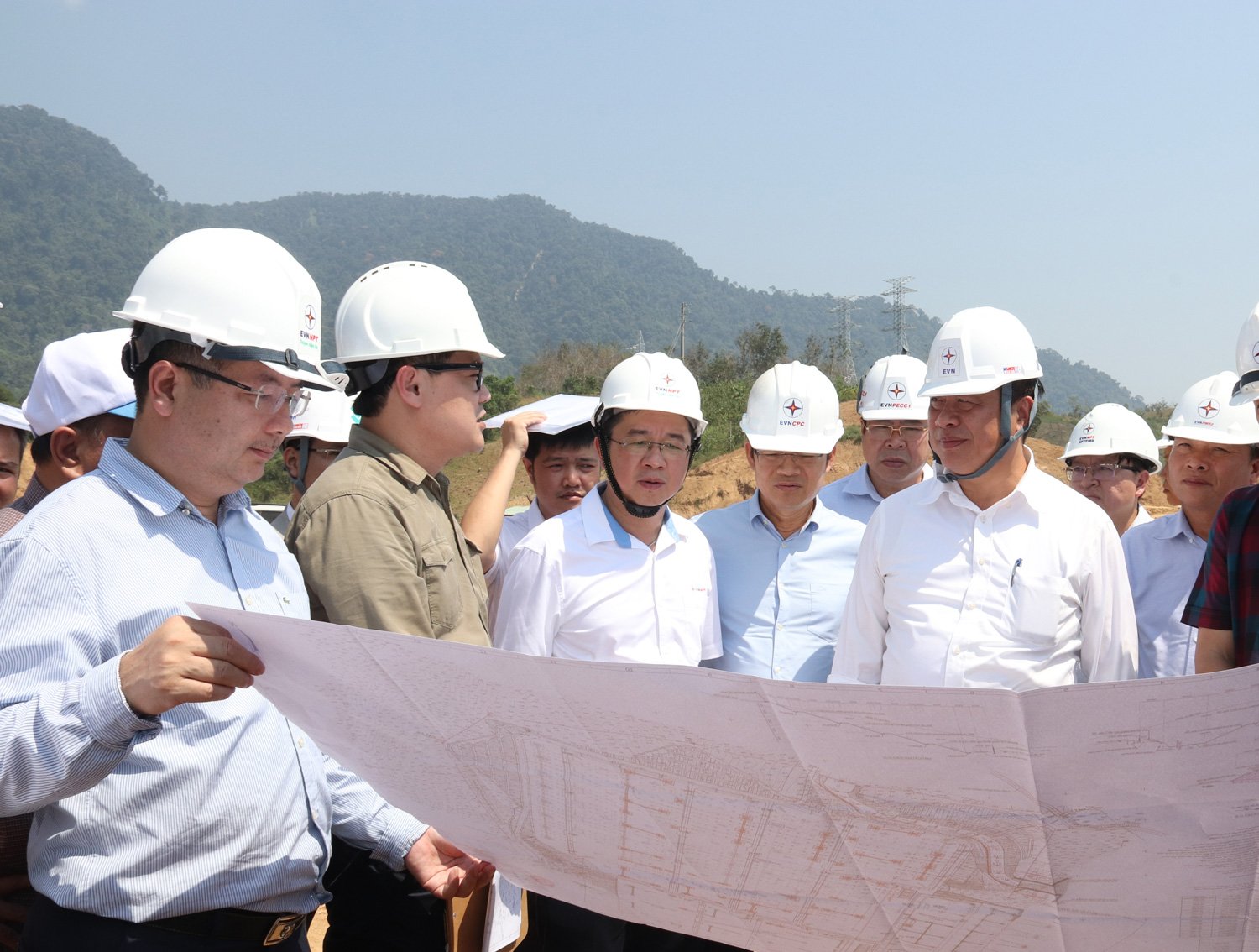
EVN delegation listened to the progress report on the project to expand the road and renovate the 500kV Thanh My transformer station to bring electricity from Laos. This project is expected to be completed in July this year.
However, the wind power capacity that Lao investors want to sell to Vietnam is exceeding the capacity of the regional grid. Currently, most of the 200 kV and 110 kV lines in this area regularly operate at 80 - 100% of their permitted capacity. During the dry season (May - July), this area can only receive a maximum of 300 MW, while the remaining months of the year receive at a lower level.
According to EVN, before the 500 kV Lao Bao transformer station is put into operation, this area will have difficulty receiving additional imported capacity from Laos because the 220 kV lines are currently operating at high load. If additional grid infrastructure, the 500 kV Huong Hoa transformer station and connecting lines (expected from the end of 2027), the capacity to receive electricity from Laos will increase to 2,500 MW, but it will still be nearly 1,650 MW lower than the total wind power capacity that investors want to sell to Vietnam, which is nearly 4,150 MW.
Previously, EVN proposed that the Ministry of Industry and Trade submit to the Government a policy to import wind power from Laos at a price of 6.95 cents/kWh (equivalent to 1,702 VND/kWh, for projects operating commercially before December 31, 2025) and supplement the connection line planning to reduce the risk of power shortages in the North. Meanwhile, the purchase price of wind power at domestic projects operating before November 1, 2021, fluctuates from 8.5 - 9.8 cents/kWh, depending on the type of wind power on land or at sea. The purchase price of wind power for transitional projects according to the price frame of the Ministry of Industry and Trade is 6.42 - 7.34 cents/kWh (1,587 - 1,816 VND/kWh), lower than the price of electricity imported from Laos. However, in return, Vietnam will reduce initial investment capital, without the need for solutions to reduce domestic social and environmental impacts at the project location.
To accommodate the capacity to receive and release grid capacity, EVN has proposed that the Ministry of Industry and Trade purchase a maximum of 300 MW of wind power from Laos during the dry months by 2025. The purchase volume will increase in the 2026-2030 period, reaching a maximum of 2,500 MW. In addition to wind power, the group also proposed importing more hydropower to increase operational flexibility and grid investment efficiency.
Source link


![[Photo] Readers line up to visit the photo exhibition and receive a special publication commemorating the 135th birthday of President Ho Chi Minh at Nhan Dan Newspaper](https://vphoto.vietnam.vn/thumb/1200x675/vietnam/resource/IMAGE/2025/5/17/85b3197fc6bd43e6a9ee4db15101005b)

![[Photo] More than 17,000 candidates participate in the 2025 SPT Competency Assessment Test of Hanoi National University of Education](https://vphoto.vietnam.vn/thumb/1200x675/vietnam/resource/IMAGE/2025/5/17/e538d9a1636c407cbb211b314e6303fd)


![[Photo] Prime Minister Pham Minh Chinh chairs meeting on science and technology development](https://vphoto.vietnam.vn/thumb/1200x675/vietnam/resource/IMAGE/2025/5/17/ae80dd74c384439789b12013c738a045)
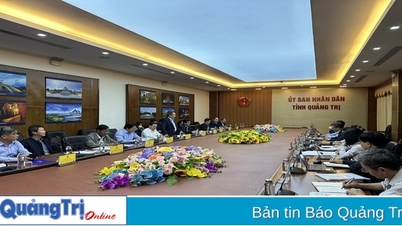



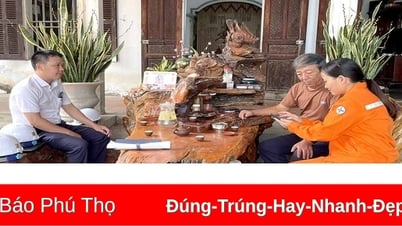
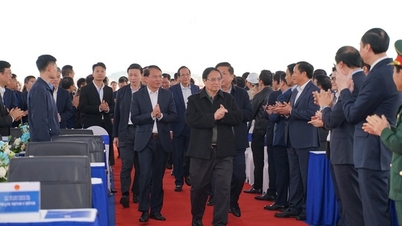

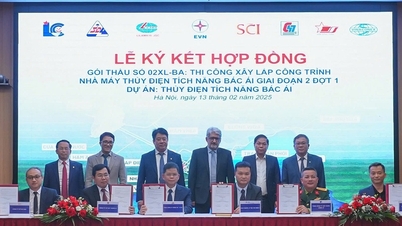



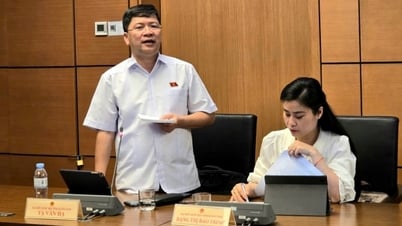

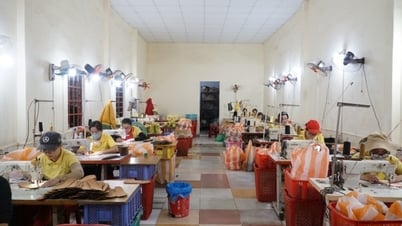








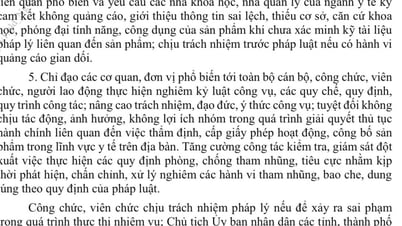

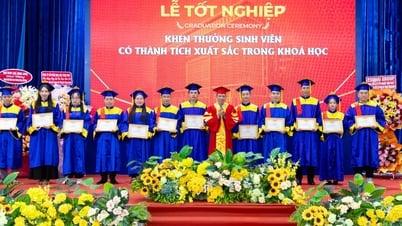
![[Photo] Nearly 3,000 students moved by stories about soldiers](https://vphoto.vietnam.vn/thumb/1200x675/vietnam/resource/IMAGE/2025/5/17/21da57c8241e42438b423eaa37215e0e)
























































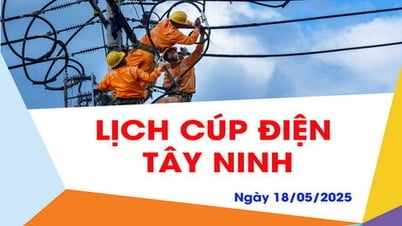














Comment (0)